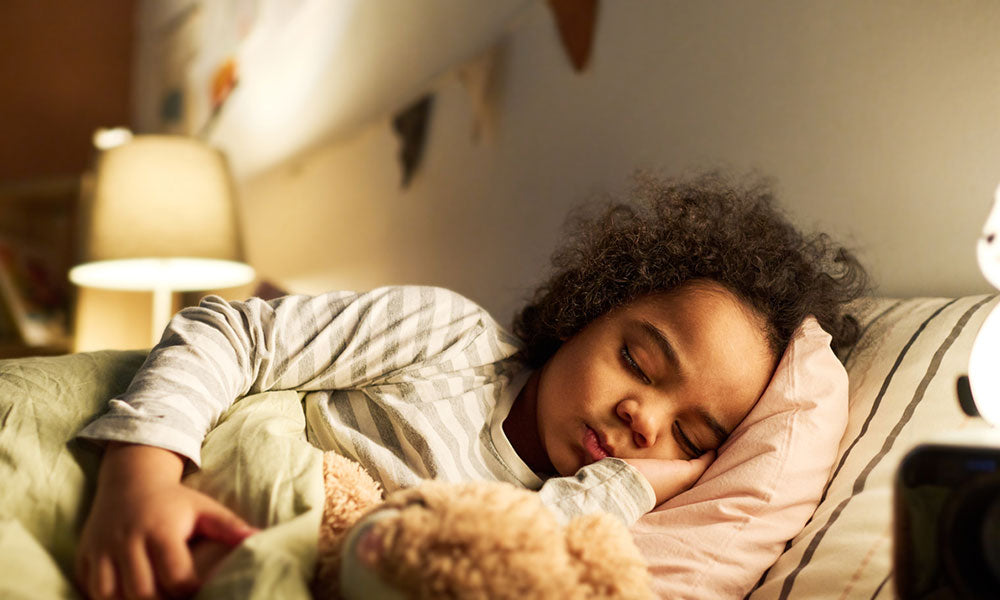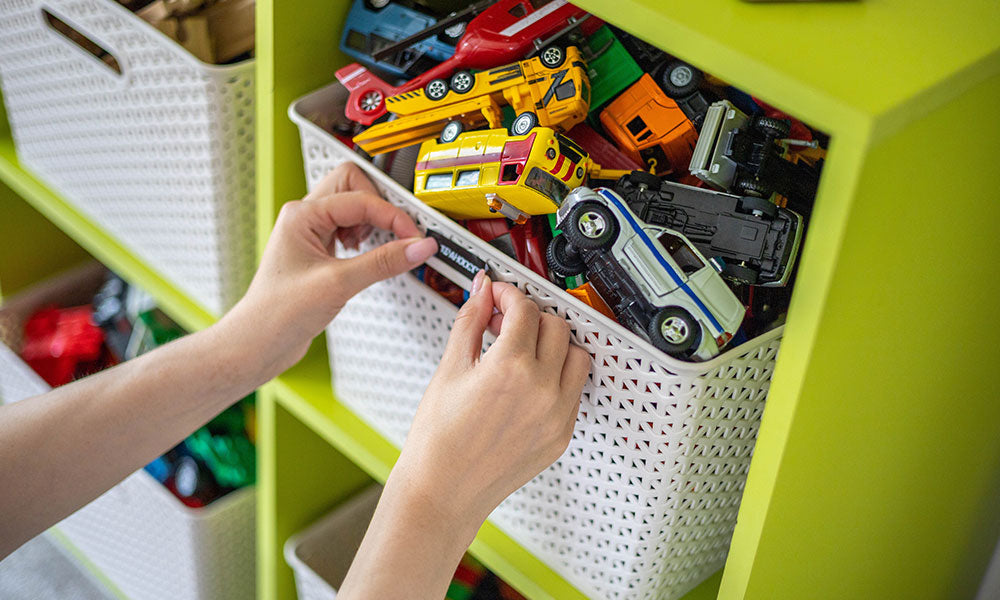Sleep is essential for all children, but for those with special needs or sensory processing challenges, creating the right sleep environment can make a world of difference. These little ones often experience the world more intensely—loud noises, bright lights, or unexpected changes can feel overwhelming. That’s why a calming, predictable bedtime routine is not just helpful—it’s critical.
A consistent nightly rhythm signals safety and helps ease their bodies and minds into rest. A visual schedule, like a pictureboard showing each bedtime step (bath, pajamas, story, lights off), provides tangible support and helps reduce anxiety around transitions. This way, your child knows what to expect next and can avoid unwanted distractions. This works best with actual pictures of your child doing the routine, so spend a night or two taking pictures of them doing their nightly routine before using them to create their personalized board. Bonus points if they want to help you create it!
The physical environment of the room also plays a big role. Sensory-sensitive children often sleep better in a space that feels cozy and familiar. Consider blackout curtains to block stimulating light, a sound machine to create a consistent auditory backdrop, and bedding that is soft and free of irritating textures (think cotton or bamboo).
Introducing a toddler night light can help ease fears of the dark—especially if it gives off a gentle, warm glow. Look for dimmable lights or ones with soft colors like yellow or red, which are less likely to interfere with melatonin production. As babies, having a nightlight can be more of a distraction that helpful to sleep, but once children start to develop their imagination skills around age 3, it can be very helpful to ease overnight fears.
Another powerful tool for children with sensory needs is tactile comfort. Weighted blankets (used with guidance from an occupational therapist), stuffed animals, or a favorite soft toy can serve as grounding objects that help regulate their sensory system. If your child seeks movement or pressure, a tight swaddle-style sleep sack or a firm body pillow might help provide a sense of security. Think of it as building a cocoon of calm that aligns with your child’s unique sensory preferences. This is also very helpful with children that are craving having an adult lay with them to help them fall asleep. A large body pillow can help mimic that snuggle-feeling a parent can give, but in a way where everyone is getting the space they need overnight.
Finally, be gentle with yourself—and your child—as you build these routines. Some days may feel like one step forward, two steps back. But over time, these small, thoughtful adjustments can foster better sleep and greater independence. You’re not just creating a sleep space—you’re creating a foundation of safety, trust, and rest that your child can grow into.



